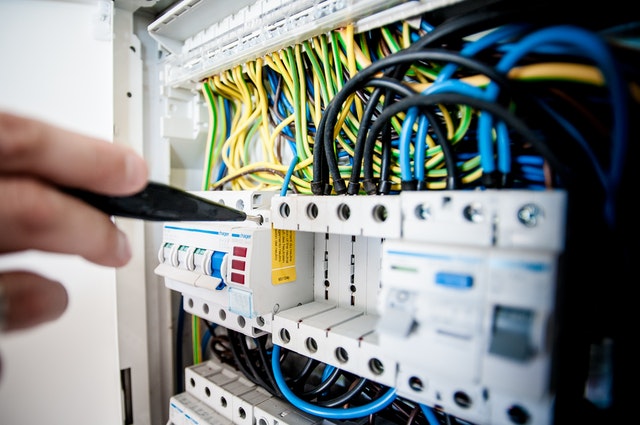Internet Connectivity
nternet connectivity refers to the ability of devices, networks, and users to access and communicate over the global Internet. It enables seamless data transmission, real-time communication, and access to online resources, powering businesses, education, entertainment, and everyday digital interactions.
Types of Internet Connectivity
Different technologies provide Internet access, each with varying speed, reliability, and availability:
1. Wired Connectivity
- Fiber Optic Internet: Uses light signals through fiber cables, offering ultra-high-speed, low-latency, and stable connections, ideal for businesses and high-demand applications.
- DSL (Digital Subscriber Line): Uses existing telephone lines to provide broadband Internet, suitable for homes and small businesses.
- Cable Internet: Uses coaxial cables, providing high-speed connectivity, often bundled with TV services.
- Ethernet: Used in local area networks (LANs) for stable, high-speed connections within homes and offices.
2. Wireless Connectivity
- Wi-Fi: A wireless networking technology that allows devices to connect to the Internet without physical cables.
- Satellite Internet: Provides connectivity in remote areas using satellites, though it can have high latency.
- Fixed Wireless: Uses radio signals from nearby towers, offering broadband speeds without wired infrastructure.
- Cellular Networks (3G, 4G, 5G): Mobile data services enabling Internet access through smartphones and portable devices.
Key Features of Internet Connectivity
- Speed & Bandwidth: Determines how fast data can be uploaded and downloaded.
- Latency & Reliability: Affects real-time activities like video calls and gaming.
- Security: Encrypted connections and VPNs enhance data protection.
- Scalability: Supports growing demands for businesses and high-traffic applications.
Benefits of Internet Connectivity
- Global Communication: Enables instant messaging, emails, and video conferencing.
- Access to Information: Provides real-time knowledge, research, and educational content.
- E-Commerce & Business Growth: Facilitates online transactions, remote work, and digital marketing.
- Entertainment & Social Interaction: Supports streaming, gaming, and social networking.
